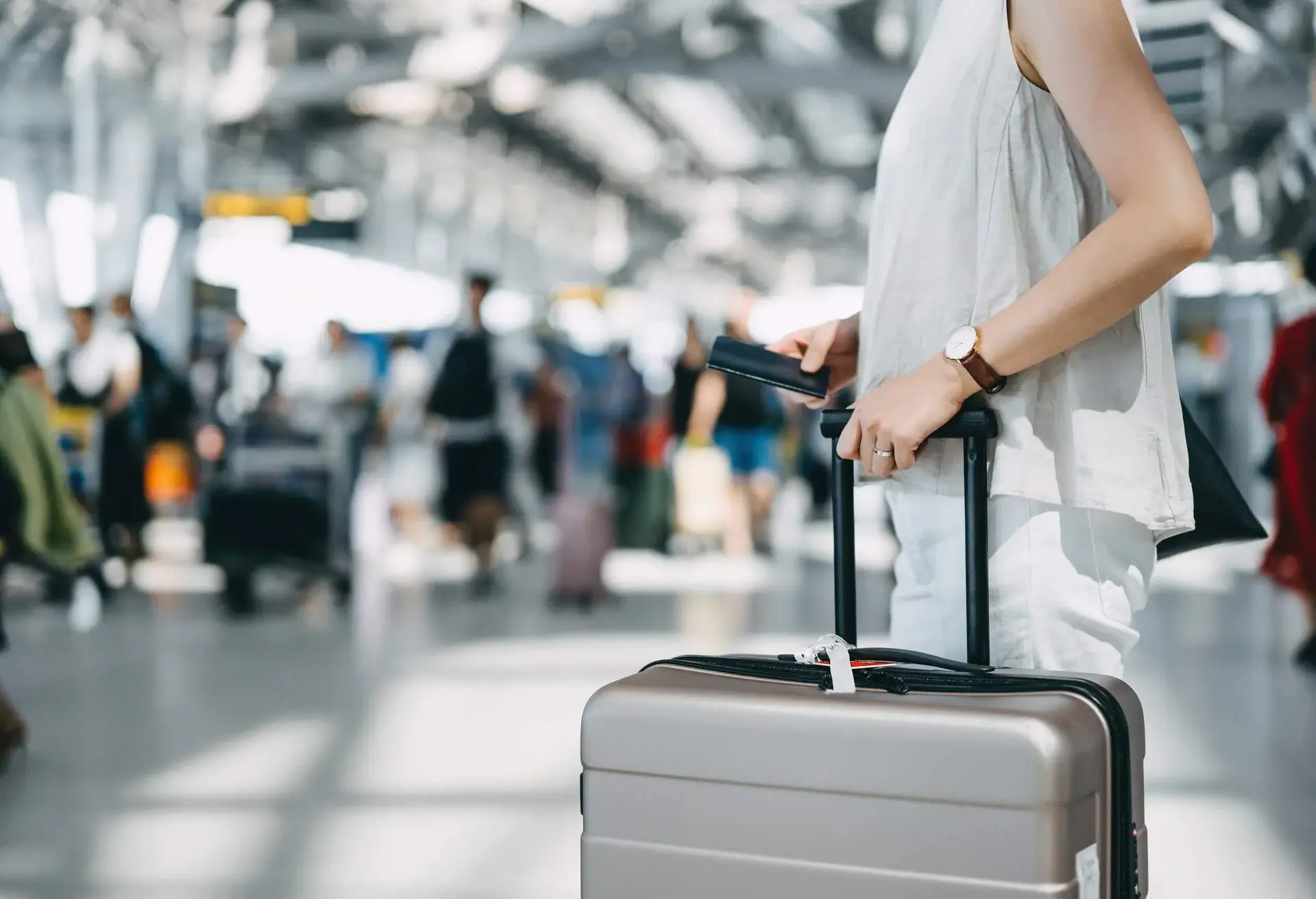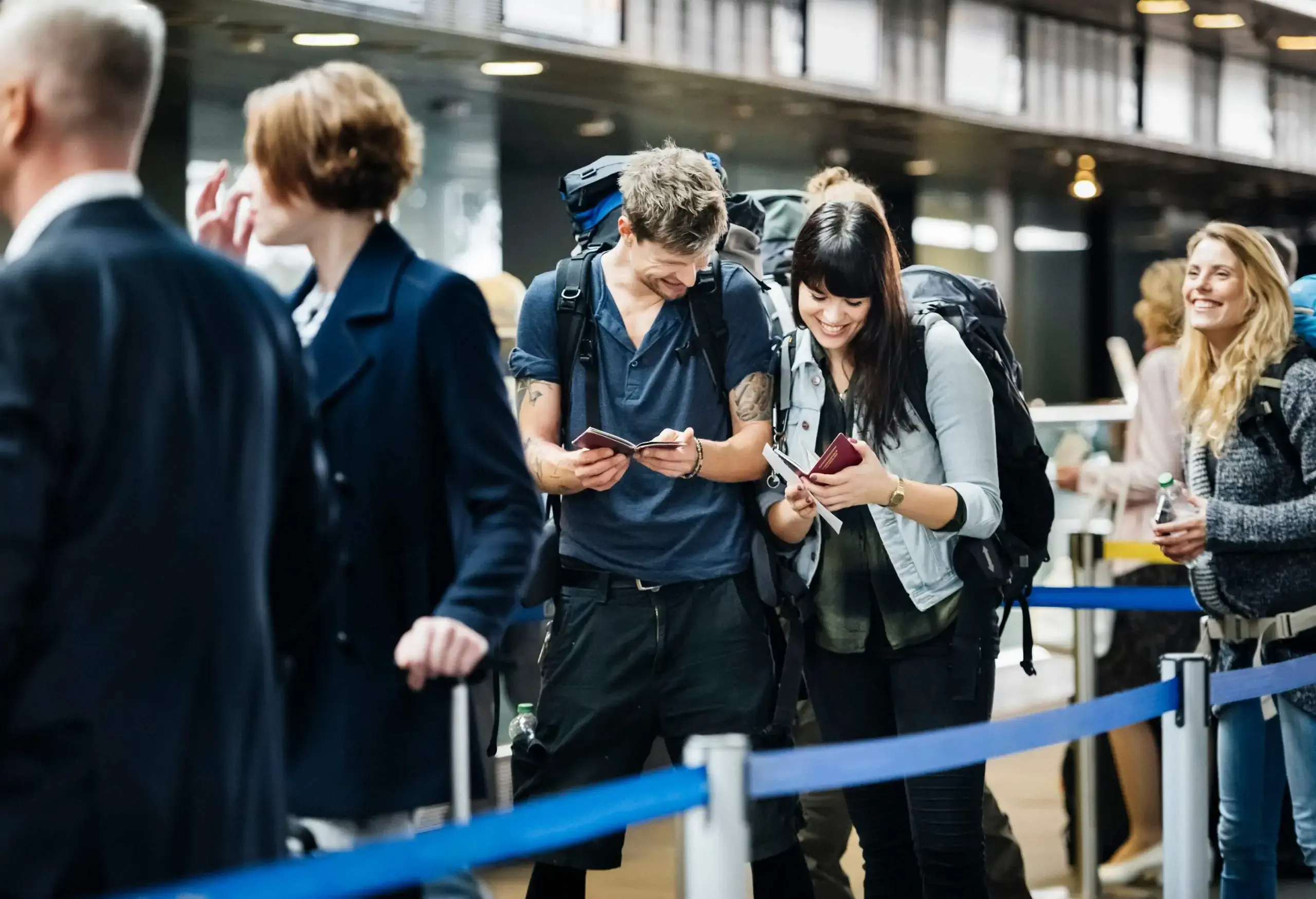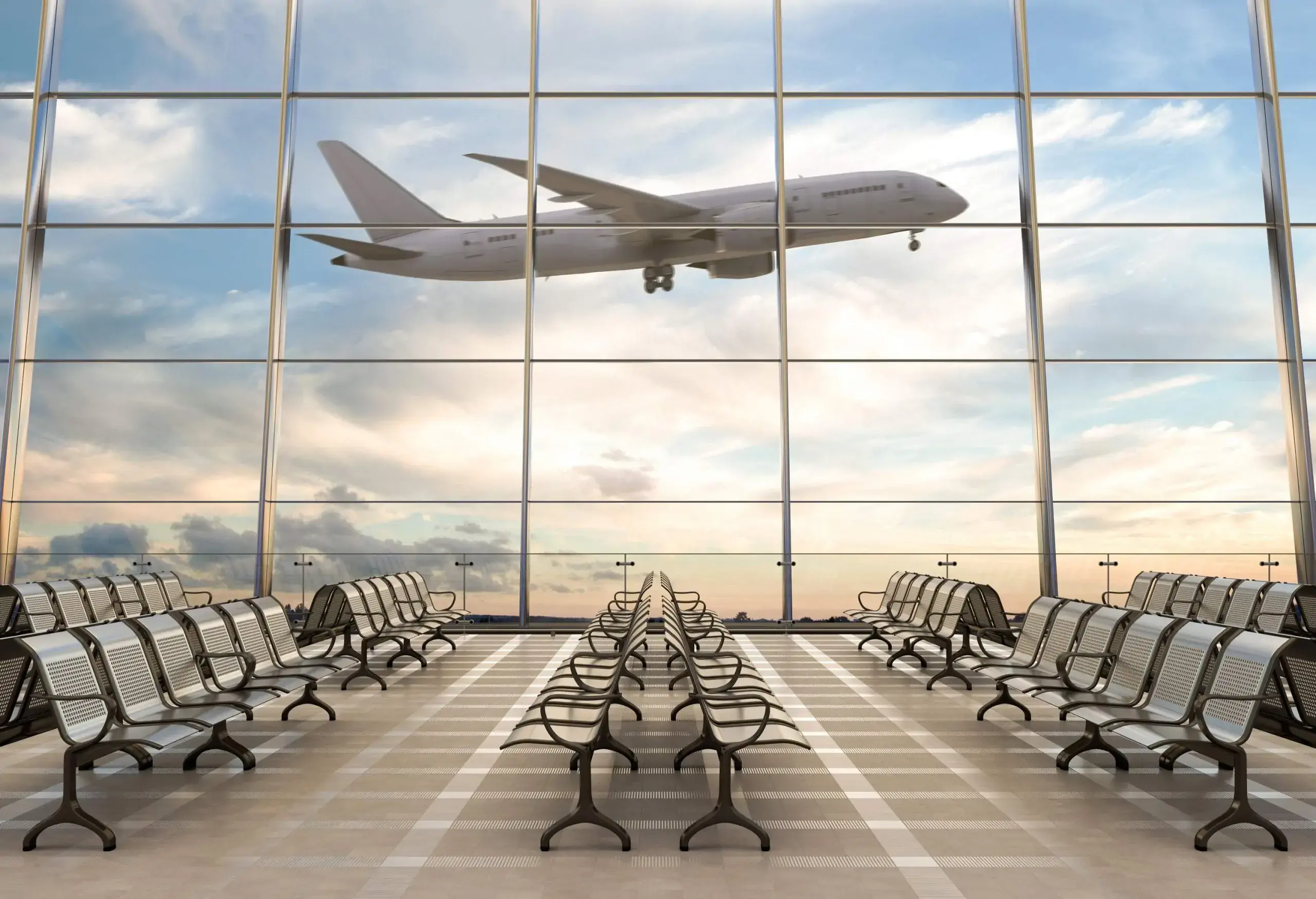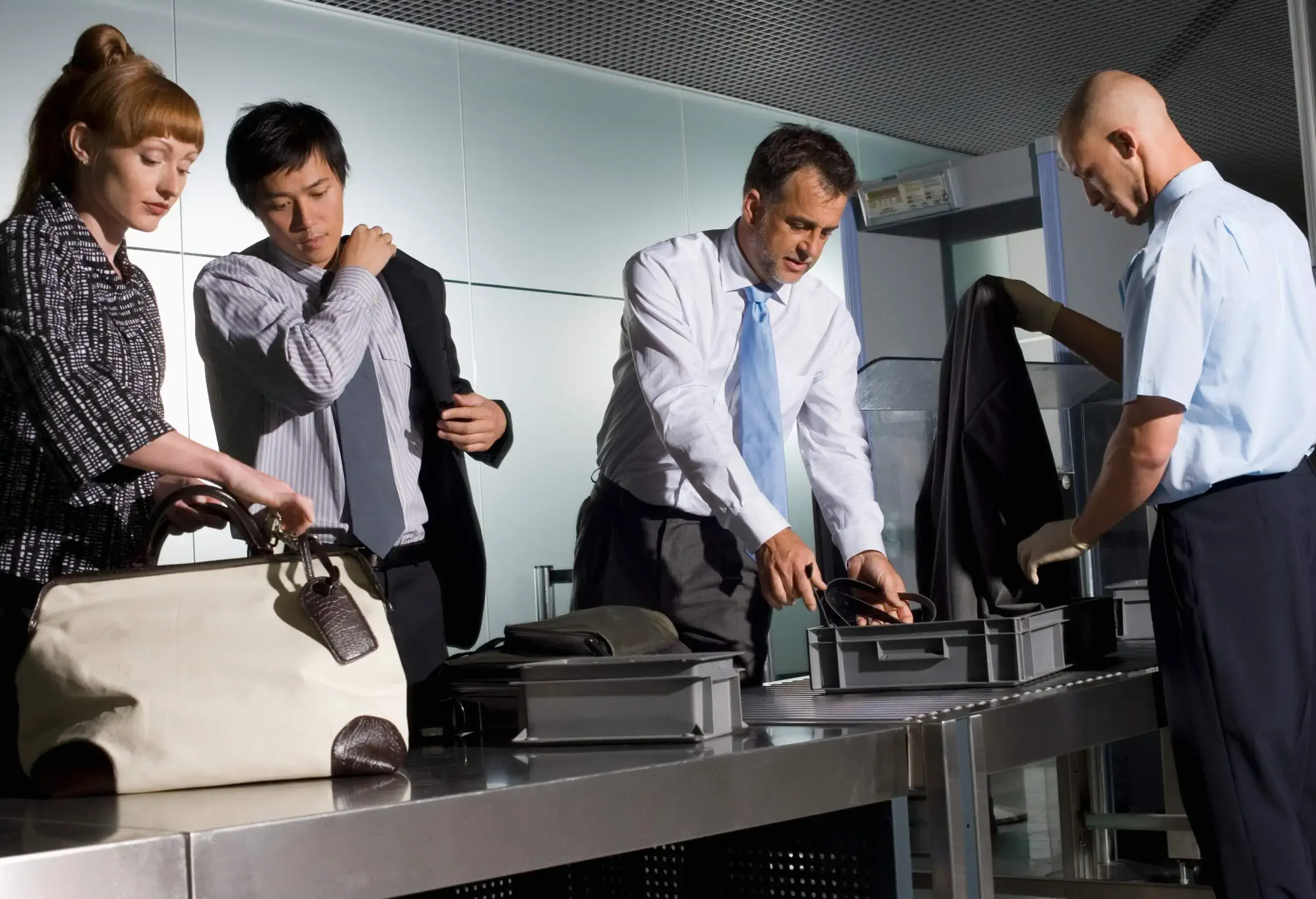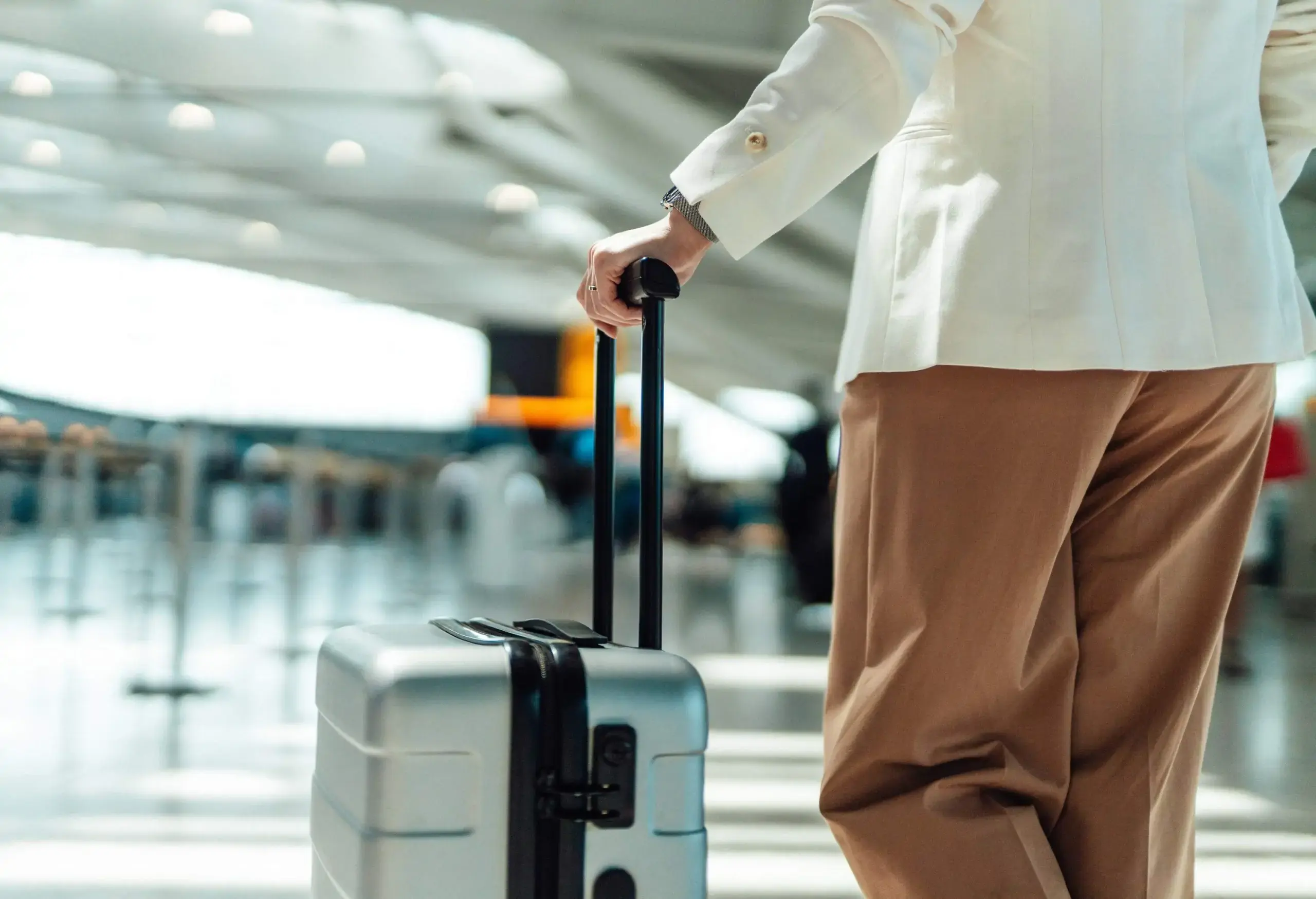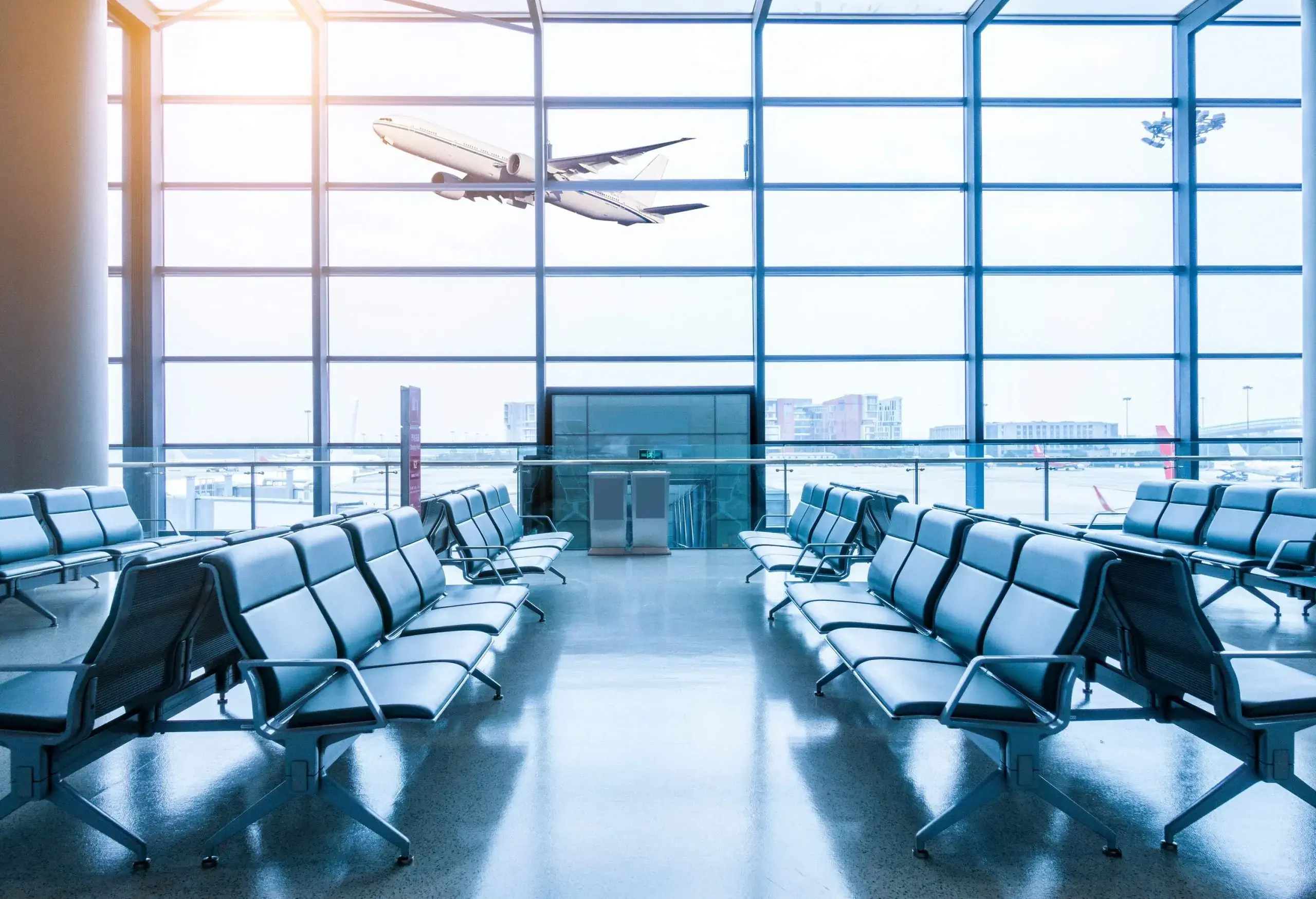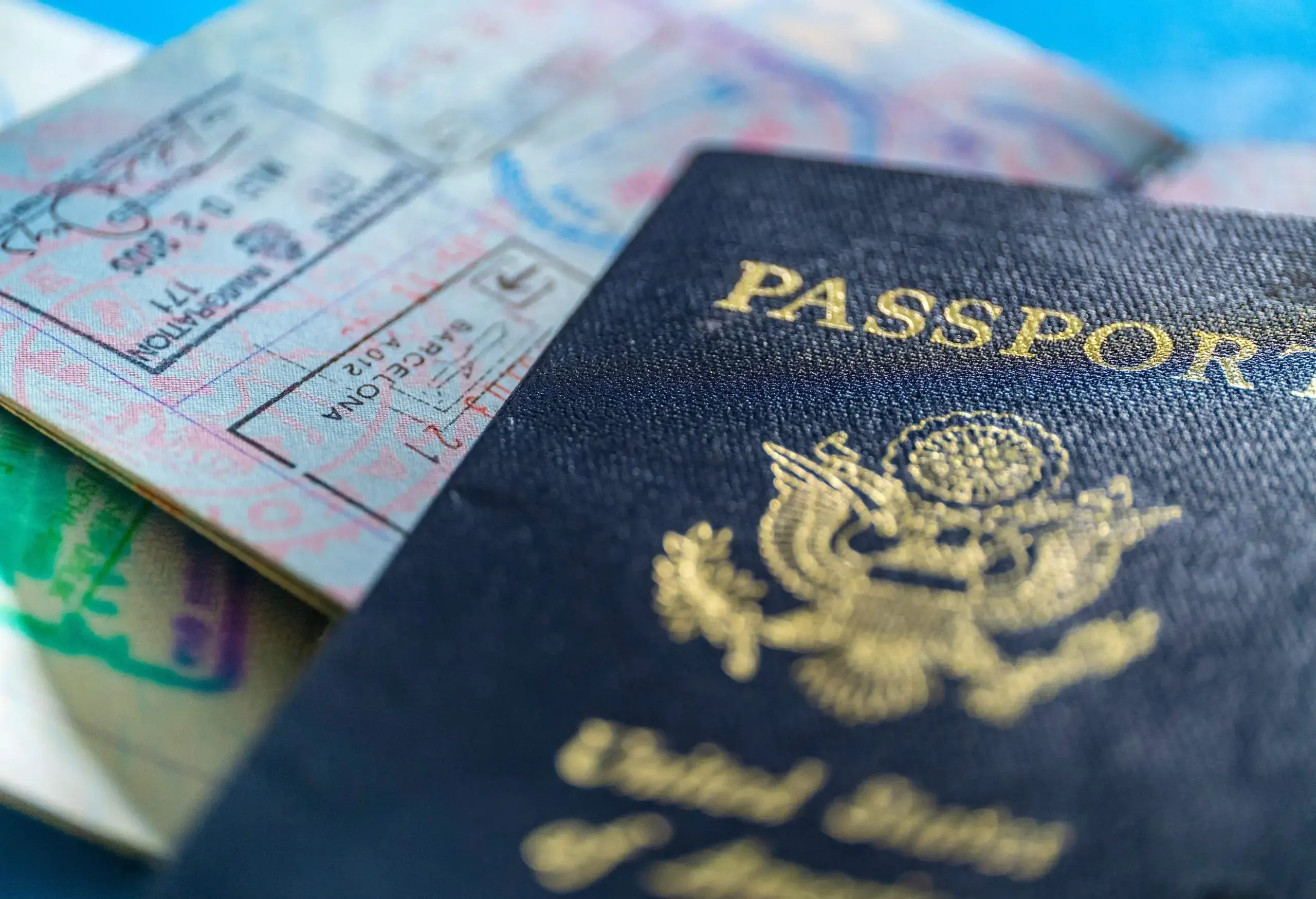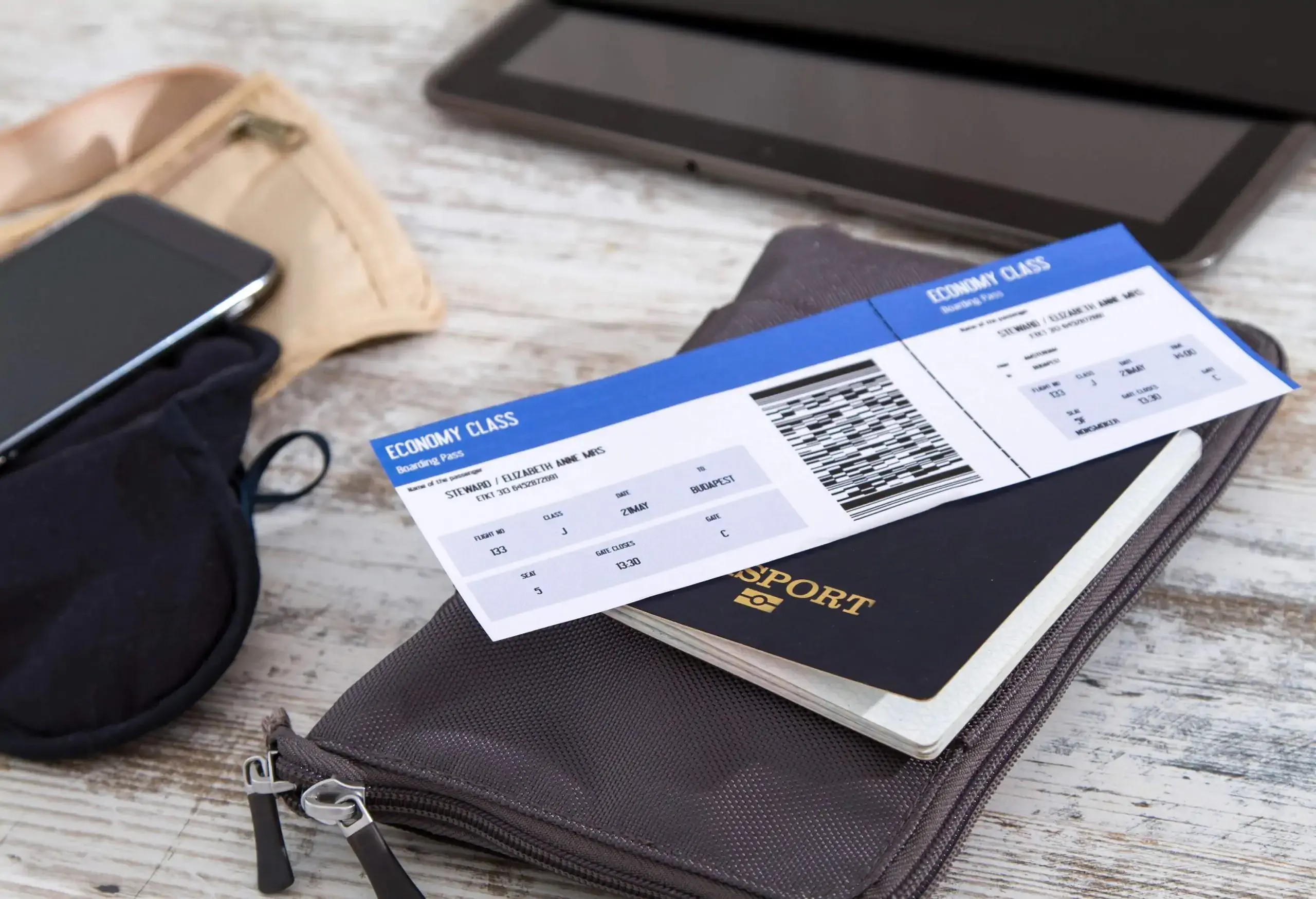Beyond a passport, two of the most essential tools for frequent travelers are Global Entry and TSA PreCheck. They’re each a Trusted Traveler Program offered by the US Department of Homeland Security (DHS), and they’re designed to make the travel process easier for low-risk individuals. If you’re considering Global Entry vs. TSA PreCheck and aren’t sure which one is best for you, here’s what you need to know.
What is Global Entry?
Global Entry is issued by US Customs and Border Protection (CPB). It allows its members to utilize expedited entry lanes at the US border at most major international airports, as well as land borders and some seaports. The most important thing to note about Global Entry is that it includes TSA PreCheck for its members.
How does it work?
Who is it made for?
Global Entry is best for those who travel internationally at least once a year. The program is open to US citizens and lawful permanent residents, as well as citizens of the following countries:
How to Apply for Global Entry?
To apply for Global Entry, you must first submit an application online via the Trusted Traveler Program website. Once your application is conditionally approved, you must go to a Global Entry enrollment center for an in-person interview, at which your biometric data will be taken. And as part of the process, you’ll undergo a background check. After the interview, you’ll receive full approval, and your Global Entry card will be mailed to you.
What is TSA PreCheck?
How does it work?
Who is it made for?
TSA PreCheck is for any US citizen, national, or lawful permanent resident who flies either domestically or internationally. Given its cost, it might be best for those who fly at least a few times per year.

How to apply to TSA PreCheck?
Global Entry vs TSA PreCheck?
If you’re deciding between Global Entry and TSA PreCheck, know that they are two entirely separate programs, and they work well in tandem for frequent travelers. And, perhaps most importantly, Global Entry includes TSA PreCheck. But there are cases in which you might prefer TSA PreCheck alone.
TSA vs Global Entry: the costs
TSA PreCheck costs either $76.75 or $85, depending on which company you use for your application. Global Entry costs $120, and it includes TSA PreCheck. Both memberships last for five years.
Two different application processes
Both Global Entry and TSA PreCheck start with online applications but via different websites. Global Entry takes applications via the Trusted Traveler Program website, while TSA PreCheck uses third-party companies for applications.
Both programs also require in-person appointments to complete the application process, at which your biometric data will be recorded. There are more than 600 TSA PreCheck enrollment centers. As such, it’s far easier to make a TSA PreCheck enrollment appointment.
Additionally, TSA PreCheck has a much shorter processing time than Global Entry. TSA PreCheck processing times are usually 3 to 5 days, but up to 60 days. Global Entry processing times are four to six months.
How does it work for kids?
With TSA PreCheck, children 12 and under can use the TSA PreCheck lane with their parent or guardian who is enrolled in the program. Children 13 to 17 can use TSA PreCheck if they are traveling with enrolled adults on the same reservation (the TSA PreCheck logo must show up on the child’s boarding pass). Children can also sign up for their own TSA PreCheck membership.
With Global Entry, children are only permitted to use the Global Entry lane at immigration if they have their own membership. Those without memberships cannot accompany a parent, guardian or other adult with Global Entry.
Tips to save some money on the application fees
Many premium credit cards offer credits for either Global Entry or TSA PreCheck. If you use an eligible card to pay for your application fee, it will automatically be reimbursed to your account. The perk typically renews every four to five years, which means you can use it to renew your Global Entry or TSA PreCheck membership. A few popular travel credit cards that include this perk are:
- Chase Sapphire Reserve
- Capital One Venture Card
- IHG One Rewards Premier Credit Card
- Marriott Bonvoy Brilliant American Express Card
- Citi / AAdvantage Executive World EliteTM MasterCard
- Delta SkyMiles Platinum American Express Card
Some airline and hotel loyalty programs also allow you to spend points for a Global Entry or TSA PreCheck credit, including:
- Marriott Bonvoy
- United MileagePlus
- Orbitz Rewards Platinum Members
- IHG One Rewards

Make the final decision between Global Entry and TSA PreCheck
Frequent questions about TSA PreCheck vs Global Entry
Global Entry and TSA PreCheck are different programs with different purposes: the former deals with immigration, and the latter deals with airport security. Global Entry, however, includes TSA PreCheck with its membership, so it’s frequently the better choice for travelers.
Global Entry is only worth it if you travel internationally.
The downside to Global Entry is its cost (it’s more expensive than TSA PreCheck) and its lengthy application processing times of 4 to 6 months.
It’s faster to get TSA PreCheck than Global Entry. TSA PreCheck processing times are often just 3 to 5 days, whereas Global Entry processing times are 4 to 6 months.
The foregoing article was last updated on the 17th of February 2025. It does not contain legal advice and is for informational purposes only. KAYAK does not guarantee, and accepts no legal liability arising from or connected to, the accuracy, reliability, currency or completeness of any of the information contained in this article and/or any of the content linked to within it. Always check the official government website of your departure and arrival destinations prior to travel for up-to-date information.
Sources:
https://www.cbp.gov/travel/trusted-traveler-programs/global-entry/eligibility
https://www.tsa.gov/precheck
https://www.tsa.gov/travel/frequently-asked-questions/who-can-apply-tsa-precheckr
https://www.tsa.gov/precheck/enrollment-centers
https://www.tsa.gov/travel/frequently-asked-questions/how-do-i-apply-tsa-precheckr-0
https://www.cbp.gov/travel/trusted-traveler-programs/global-entry/enrollment-centers
https://www.tsa.gov/travel/frequently-asked-questions/how-long-does-it-take-get-approved
https://www.tsa.gov/precheck/credit-cards-offer
https://help.marriott.com/s/article/Article-22367
https://securityfees.mileageplus.com/

